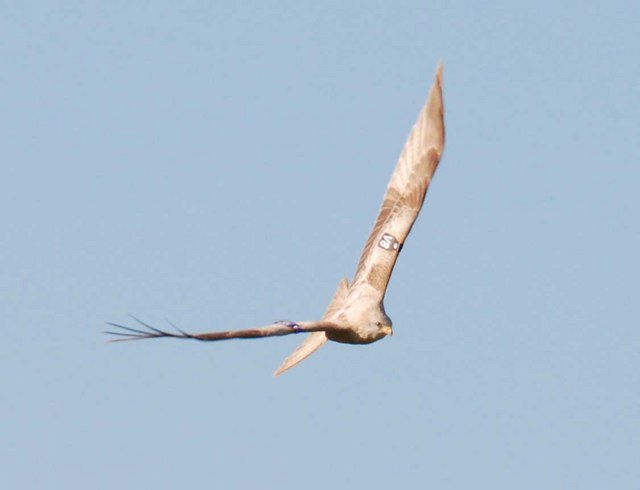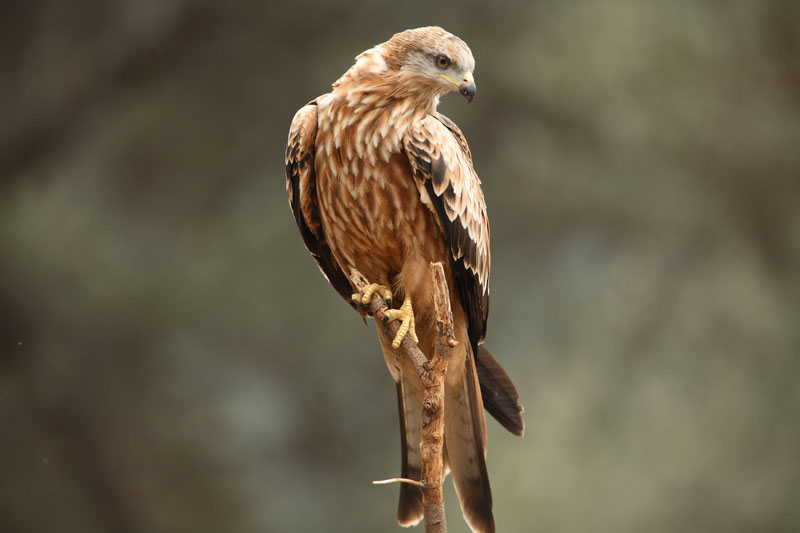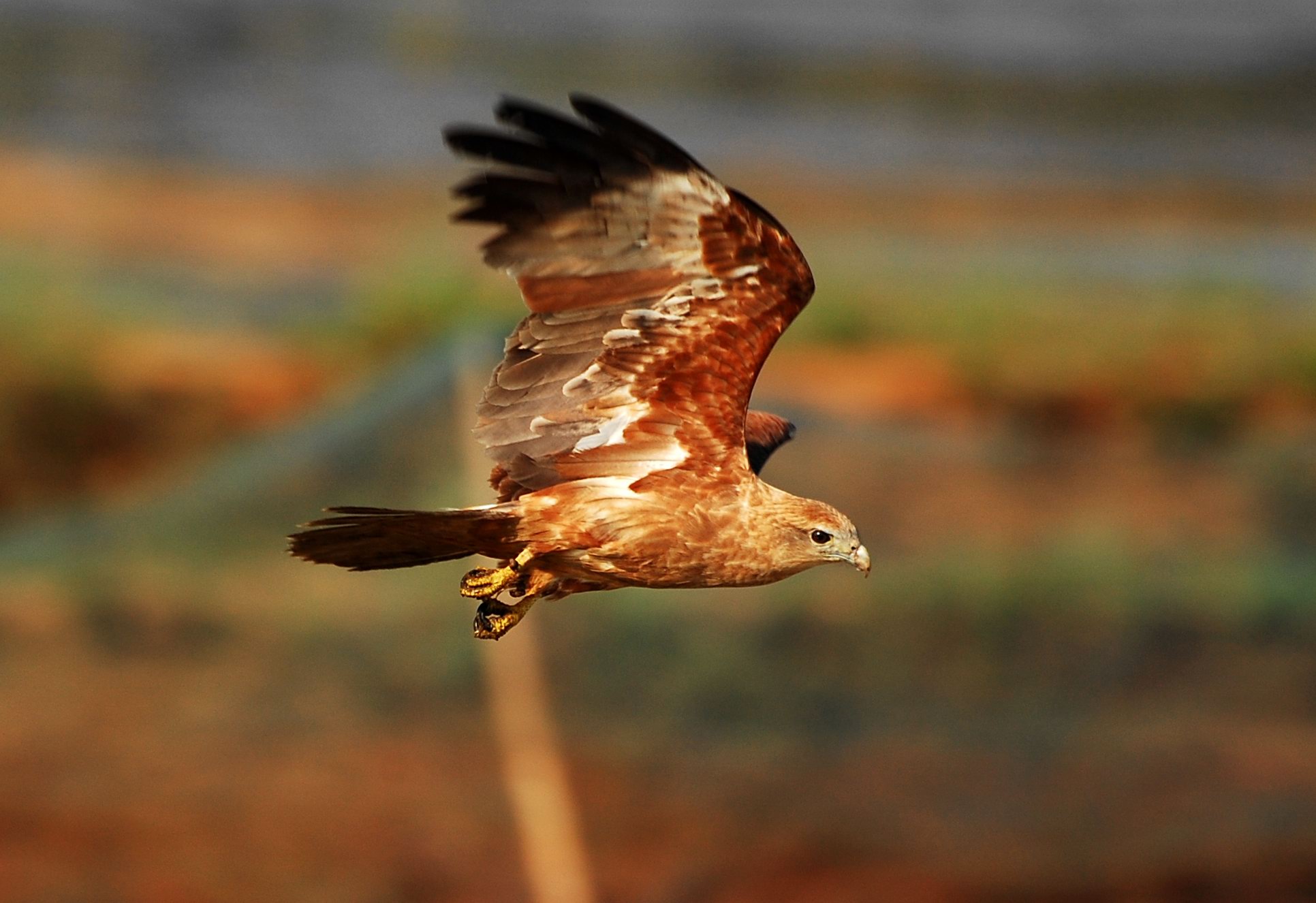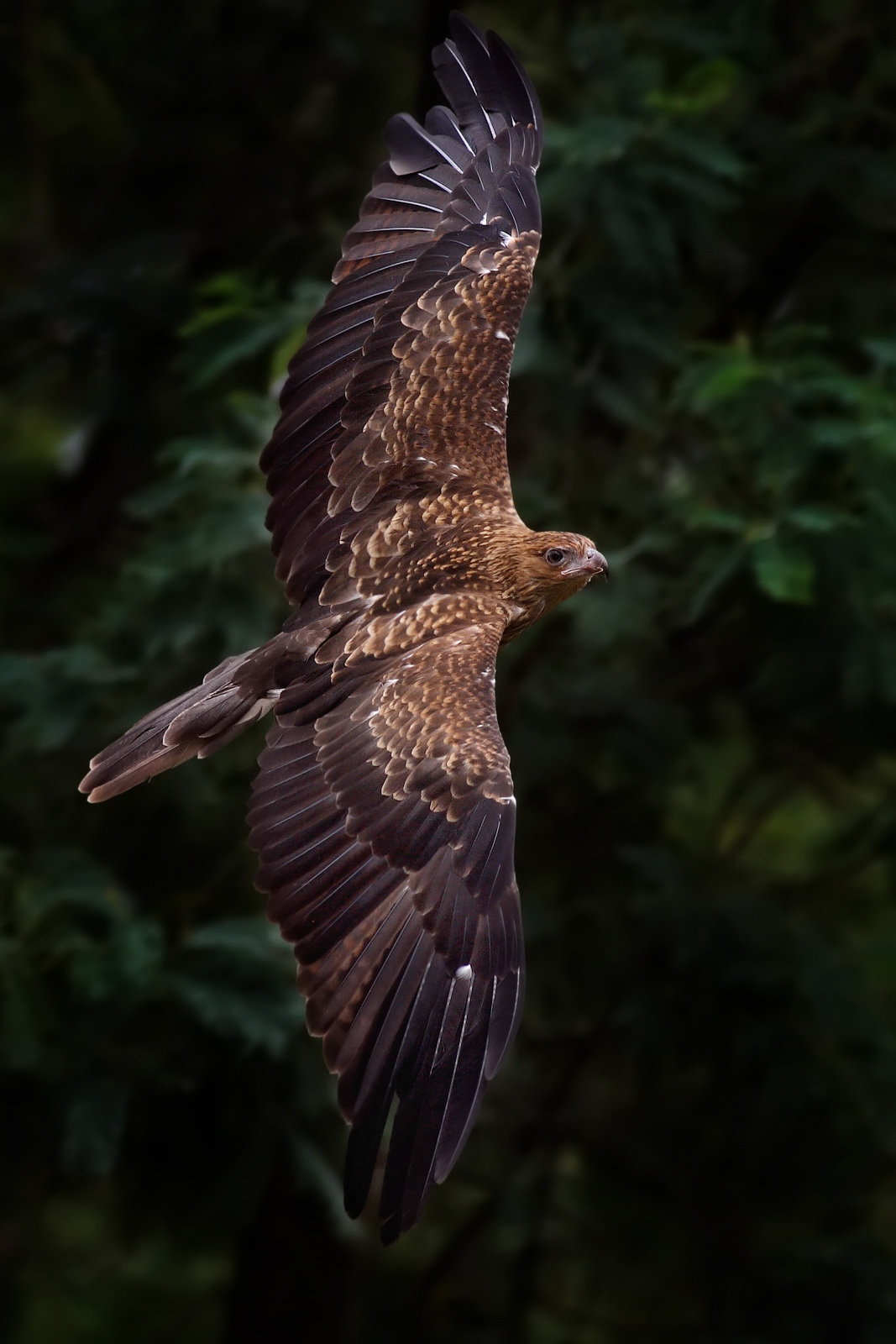|
Kite (bird)
Kite () is the common name for certain birds of prey in the family Accipitridae, particularly in subfamilies Milvinae, [], and Perninae."kite". Encyclopædia Britannica. Encyclopædia Britannica Online. Encyclopædia Britannica Inc., 2014. Web. 24 Nov. 2014 . The term is derived from Old English ''cȳta'' (“kite; bittern”), from the Proto-Indo-European root *''gū- '', "screech." Some authors use the terms "hovering kite" and "soaring kite" to distinguish between ''Elanus'' and the milvine kites, respectively. The group may also be differentiated by size, referring to milvine kites as "large kites", and elanine kites as "small kites". Species * Subfamily Elaninae ** Genus '' Elanus'' *** Black-winged kite, ''Elanus caeruleus'' *** Black-shouldered kite, ''Elanus axillaris'' *** White-tailed kite, ''Elanus leucurus'' *** Letter-winged kite, ''Elanus scriptus'' ** Genus '' Chelictinia'' *** Scissor-tailed kite, ''Chelictinia riocourii'' ** Genus '' Gampsonyx'' *** Pear ... [...More Info...] [...Related Items...] OR: [Wikipedia] [Google] [Baidu] |
Black Kite
The black kite (''Milvus migrans'') is a medium-sized bird of prey in the family Accipitridae, which also includes many other diurnal raptors. It is thought to be the world's most abundant species of Accipitridae, although some populations have experienced dramatic declines or fluctuations. Current global population estimates run up to 6 million individuals. Unlike others of the group, black kites are opportunistic hunters and are more likely to scavenge. They spend much time soaring and gliding in thermals in search of food. Their angled wing and distinctive forked tail make them easy to identify. They are also vociferous with a shrill whinnying call. The black kite is widely distributed through the temperate and tropical parts of Eurasia and parts of Australasia and Oceania, with the temperate region populations tending to be migratory. Several subspecies are recognized and formerly had their own English names. The European populations are small, but the South Asian pop ... [...More Info...] [...Related Items...] OR: [Wikipedia] [Google] [Baidu] |
Pearl Kite
The pearl kite (''Gampsonyx swainsonii'') is a very small raptor found in open savanna habitat adjacent to deciduous woodland. It is the only member of the genus ''Gampsonyx''. The scientific name commemorates the English naturalist William Swainson. Taxonomy and systematics The type specimen was collected from Brazil by English naturalist William Swainson, and described by Nicholas Aylward Vigors in 1825. Vigors noted the similarity to both hawks and falcons, but placed ''Gampsonyx'' within the "Accipitrine subfamily" because it lacks the notched beak of the falcons. He also noted its striking resemblance to the coloration of the falconets. Later, the pearl kite was classified with the falcons. For example, Peters placed it with the forest falcons in subfamily Polyhieracinae. In the mid-20th century it was found to be related to '' Elanus'' based on morphology and its molt schedule. Distribution and habitat This tiny kite breeds from Panama, Colombia and Venezuela south to Bo ... [...More Info...] [...Related Items...] OR: [Wikipedia] [Google] [Baidu] |
Yellow-billed Kite
The yellow-billed kite (''Milvus aegyptius'') is the Afrotropic counterpart of the black kite (''Milvus migrans''), of which it is most often considered a subspecies. However, DNA studies suggest that the yellow-billed kite differs significantly from black kites in the Eurasian clade, and should be considered as a separate, allopatric species. Taxonomy The yellow-billed kite was formally described in 1788 by the German naturalist Johann Friedrich Gmelin in his revised and expanded edition of Carl Linnaeus's ''Systema Naturae''. He specified that the bird was found in Egypt, placed it with the eagles, falcons and relatives in the genus '' Falco'' and coined the binomial name ''Falco aegyptius''. Unusually Gmelin did not cite a source for his information. The yellow-billed kite is now one of three kites placed in the genus '' Milvus'' that was introduced in 1799 by the French naturalist Bernard Germain de Lacépède. There are two subspecies: ''M. a. parasitus'' ( Daudin, 1800) , ... [...More Info...] [...Related Items...] OR: [Wikipedia] [Google] [Baidu] |
Black-eared Kite
The black kite (''Milvus migrans'') is a medium-sized bird of prey in the family Accipitridae, which also includes many other diurnal raptors. It is thought to be the world's most abundant species of Accipitridae, although some populations have experienced dramatic declines or fluctuations. Current global population estimates run up to 6 million individuals. Unlike others of the group, black kites are opportunistic hunters and are more likely to scavenge. They spend much time soaring and gliding in thermals in search of food. Their angled wing and distinctive forked tail make them easy to identify. They are also vociferous with a shrill whinnying call. The black kite is widely distributed through the temperate and tropical parts of Eurasia and parts of Australasia and Oceania, with the temperate region populations tending to be migratory. Several subspecies are recognized and formerly had their own English names. The European populations are small, but the South Asian popula ... [...More Info...] [...Related Items...] OR: [Wikipedia] [Google] [Baidu] |
Extinct
Extinction is the termination of a kind of organism or of a group of kinds (taxon), usually a species. The moment of extinction is generally considered to be the death of the last individual of the species, although the capacity to breed and recover may have been lost before this point. Because a species' potential range may be very large, determining this moment is difficult, and is usually done retrospectively. This difficulty leads to phenomena such as Lazarus taxa, where a species presumed extinct abruptly "reappears" (typically in the fossil record) after a period of apparent absence. More than 99% of all species that ever lived on Earth, amounting to over five billion species, are estimated to have died out. It is estimated that there are currently around 8.7 million species of eukaryote globally, and possibly many times more if microorganisms, like bacteria, are included. Notable extinct animal species include non-avian dinosaurs, saber-toothed cats, dodos, ... [...More Info...] [...Related Items...] OR: [Wikipedia] [Google] [Baidu] |
Cape Verde Kite
The red kite (''Milvus milvus'') is a medium-large bird of prey in the family Accipitridae, which also includes many other diurnal raptors such as eagles, buzzards, and harriers. The species currently breeds in the Western Palearctic region of Europe and northwest Africa, though it formerly also occurred in northern Iran. It is resident in the milder parts of its range in western Europe and northwest Africa, but birds from northeastern and Central Europe winter further south and west, reaching south to Turkey. Vagrants have reached north to Finland and south to Israel, Libya and Gambia. Taxonomy The red kite was described by the Swedish naturalist Carl Linnaeus in 1758 in the 10th edition of his '' Systema Naturae'' under the binomial name ''Falco milvus''. The word ''milvus'' was the Latin name for the bird. In 1799 the French naturalist Bernard Germain de Lacépède moved the species to the genus ''Milvus'' creating the tautonym. Two subspecies are recognised: * ''M. m. ... [...More Info...] [...Related Items...] OR: [Wikipedia] [Google] [Baidu] |
Red Kite
The red kite (''Milvus milvus'') is a medium-large bird of prey in the family Accipitridae, which also includes many other diurnal raptors such as eagles, buzzards, and harriers. The species currently breeds in the Western Palearctic region of Europe and northwest Africa, though it formerly also occurred in northern Iran. It is resident in the milder parts of its range in western Europe and northwest Africa, but birds from northeastern and Central Europe winter further south and west, reaching south to Turkey. Vagrants have reached north to Finland and south to Israel, Libya and Gambia. Taxonomy The red kite was described by the Swedish naturalist Carl Linnaeus in 1758 in the 10th edition of his ''Systema Naturae'' under the binomial name ''Falco milvus''. The word ''milvus'' was the Latin name for the bird. In 1799 the French naturalist Bernard Germain de Lacépède moved the species to the genus ''Milvus'' creating the tautonym. Two subspecies are recognised: * ''M. m. milv ... [...More Info...] [...Related Items...] OR: [Wikipedia] [Google] [Baidu] |
Milvus
''Milvus'' is a genus of medium-sized birds of prey. The genus was erected by the French naturalist Bernard Germain de Lacépède in 1799 with the red kite as the type species. The name is the Latin word for the red kite. Species This is an Old World group that forms part of the subfamily Milvinae. The genus contains three species. Allozyme data indicates that the genetic diversity in both black and red kites is rather low.Schreiber, Arnd; Stubbe, Michael & Stubbe, Annegret (2000): Red kite (''Milvus milvus'') and black kite (''M. migrans''): minute genetic interspecies distance of two raptors breeding in a mixed community (Falconiformes: Accipitridae). '' Biol. J. Linn. Soc.'' 69'(3): 351–365. (HTML abstract) Successful hybridization between ''Milvus'' kites is fairly commonplace, making mtDNA analyses unreliable to resolve the genus' phylogeny. Furthermore, there is no good correlation between molecular characters and biogeography and morphology in the red kite due to ... [...More Info...] [...Related Items...] OR: [Wikipedia] [Google] [Baidu] |
Brahminy Kite
The brahminy kite (''Haliastur indus''), formerly known as the red-backed sea-eagle in Australia, is a medium-sized bird of prey in the family Accipitridae, which also includes many other diurnal raptors, such as eagles, buzzards, and harriers. They are found in the Indian subcontinent, Southeast Asia, and Australia. They are found mainly on the coast and in inland wetlands, where they feed on dead fish and other prey. Adults have a reddish-brown body plumage contrasting with their white head and breast which make them easy to distinguish from other birds of prey. Taxonomy In 1760, French zoologist Mathurin Jacques Brisson described and illustrated the Brahminy kite in the first volume of his ''Oiseaux'' based on a specimen collected in Pondicherry, India. He used the French name ''L'aigle de Pondichery''. The brahminy kite was included by the French polymath Georges-Louis Leclerc, Comte de Buffon in his ''Histoire Naturelle des Oiseaux''. It was also illustrated in a hand-c ... [...More Info...] [...Related Items...] OR: [Wikipedia] [Google] [Baidu] |
Whistling Kite
The whistling kite (''Haliastur sphenurus'') is a medium-sized diurnal raptor found throughout Australia (including coastal islands), New Caledonia and much of New Guinea (excluding the central mountains and the northwest). Also called the whistling eagle or whistling hawk, it is named for its loud whistling call, which it often gives in flight. Some authorities put this species in the genus '' Milvus'', despite marked differences in behaviour, voice and plumage between this species and other members of that genus. Description The whistling kite ranges in size from , with a wingspan between . Weights range from an average of for males and for females. As with most raptors, females are larger and heavier than males; though there is considerable overlap between the sexes, females can be up to 21% larger and 42% heavier. Southern birds are also larger than those found in the tropics. Male and female plumages are the same. Adult birds are a pale buff on the head, br ... [...More Info...] [...Related Items...] OR: [Wikipedia] [Google] [Baidu] |
Haliastur
''Haliastur'' is a genus of medium-sized diurnal birds of prey. It consists of two species of kites which form part of the subfamily Milvinae; some authorities place these species in the genus '' Milvus'', despite clear differences in behaviour, voice and plumage. The genus was erected by the English naturalist Prideaux John Selby in 1840 with brahminy kite (''Haliastur indus'') as the type species. The name of the genus combines the Ancient Greek ''hali-'' "sea-" and the Latin ''astur'' meaning "hawk". Description The two Haliastur species are medium-sized birds of prey with a strong, slightly squat rump, small head, relatively short and wide wings, a medium-long, rounded tail and short but strong legs and toes. The Whistling kite reaches a body length of 50 to 60 centimeters and has a wingspan of 120 to 145 centimeters. Males weigh an average of 700 grams, the females are significantly heavier at 850 grams. The Brahminy kite is a little smaller. Its body length is 44–5 ... [...More Info...] [...Related Items...] OR: [Wikipedia] [Google] [Baidu] |
Swallow-tailed Kite
The swallow-tailed kite (''Elanoides forficatus'') is a pernine raptor which breeds from the southeastern United States to eastern Peru and northern Argentina. It is the only species in the genus ''Elanoides''. Most North and Central American breeders winter in South America where the species is resident year round. Taxonomy and systematics The swallow-tailed kite was first described as the "swallow-tail hawk" and "''accipiter cauda furcata''" (forked-tail hawk) by the English naturalist Mark Catesby in 1731. It was given the binomial scientific name ''Falco forficatus'' by Carl Linnaeus in the 10th edition of ''Systema Naturae'', published in 1758; he changed this to ''Falco furcatus'' in the 12th edition of 1766. The latter spelling was used widely during the 18th and 19th centuries, but the original spelling has precedence. The genus ''Elanoides'' was introduced by the French ornithologist Louis Jean Pierre Vieillot in 1818. The name is from Ancient Greek for "kite" an ... [...More Info...] [...Related Items...] OR: [Wikipedia] [Google] [Baidu] |


.jpg)





.jpg)
